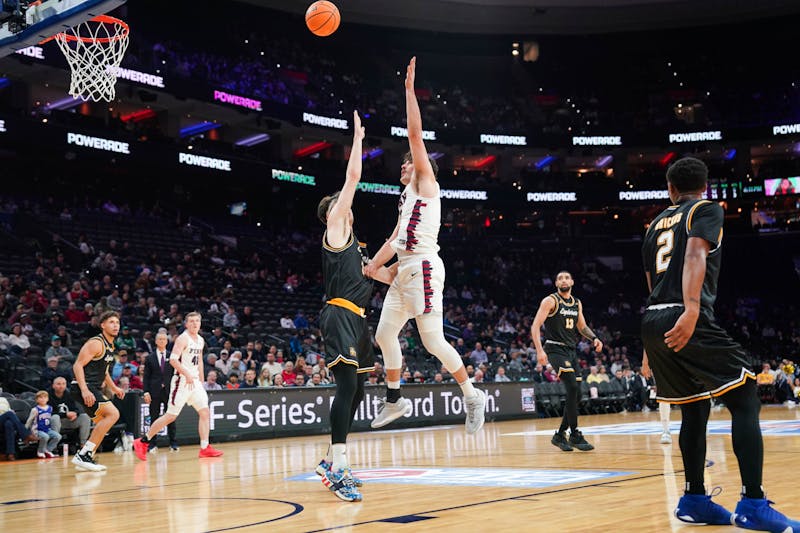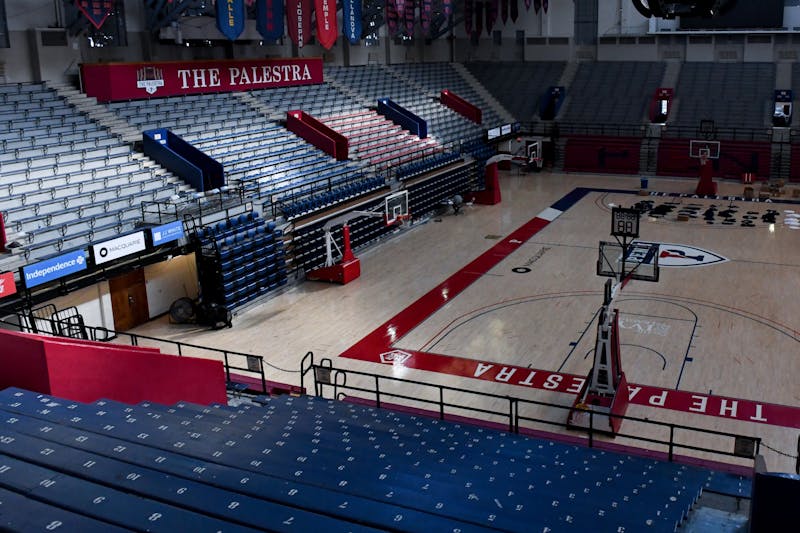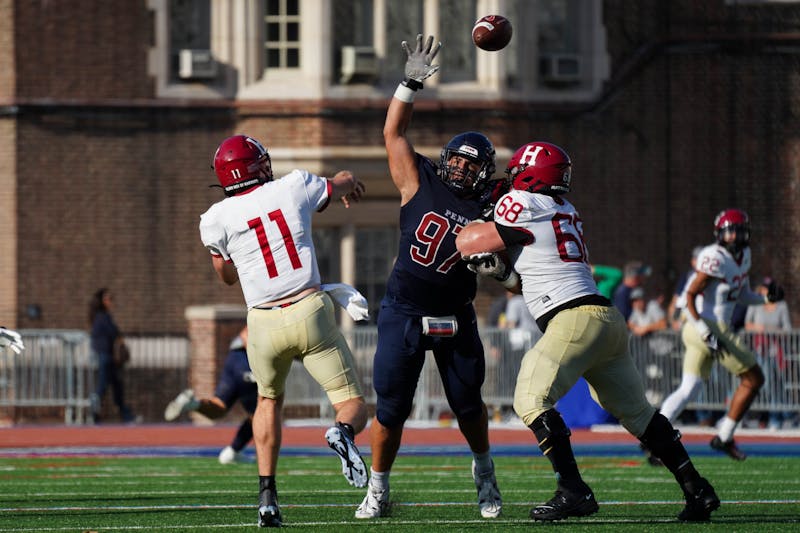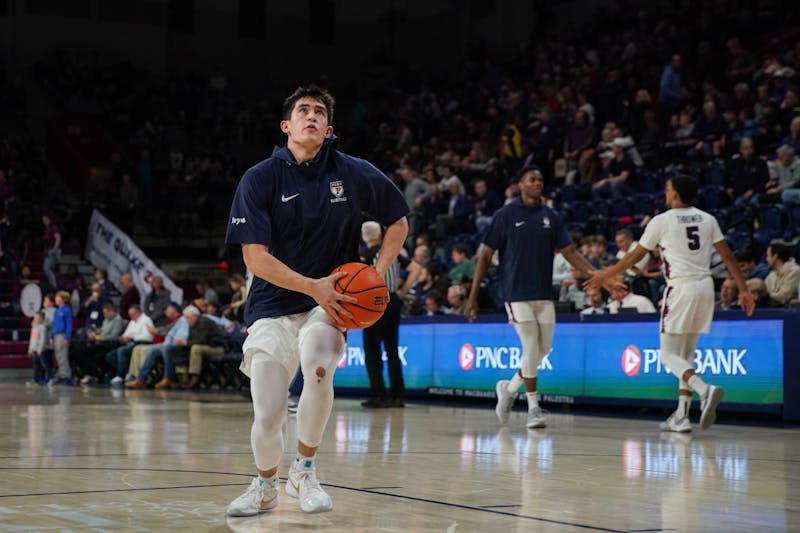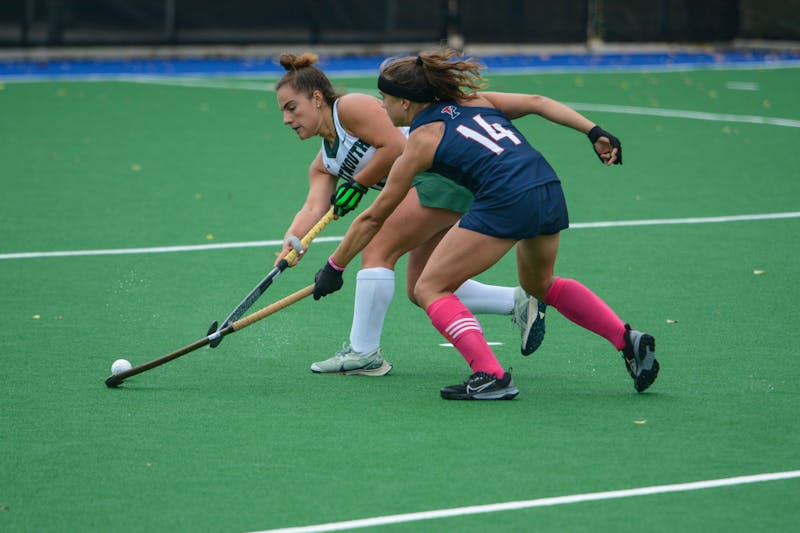
It has been nearly three years since the ruling of National Collegiate Athletic Association v. Alston, a case that revolutionized college athletics by allowing student-athletes to profit off their name, image, and likeness. Now, a school that has been playing sports for nearly 200 years is looking to join the party.
Earlier this month, Penn Athletics announced the creation of a new initiative dubbed “Penn-I-L,” a program designed to transform the way Penn student-athletes engage with paid opportunities from brands and companies. The initiative’s flagship innovation is the creation of the Penn-I-L Marketplace and Local Exchange, which is intended to streamline the communication process between athletes and brands. Companies will also be able to pay athletes directly via the exchange without any involvement from the University.
“The Penn-I-L Exchange is a student-athlete NIL business registry, custom-designed for businesses, donors, alumni, and any other interested NIL dollars wishing to connect with student-athletes…” Penn Athletics wrote in the initial announcement of the program.
For the brands, this makes partnering with players significantly easier, as it allows them to complete an NIL deal from start to finish in one convenient location. For the athletes, it changes the game from a money-making perspective.
“Just the exposure,” Penn football sophomore wide receiver and 2023 first-team All-Ivy selection Jared Richardson said. “I just reposted it on my [Instagram] story, and I’ve had people that I know that own their own businesses reach out to me … We’re moving in the right direction.”
For many years, Penn and Ivy League athletics as a whole have been perceived as antiquated in the wider landscape of college sports. One of the only Division I conferences to not offer athletic scholarships, the “Ancient” Eight has been understood by many as a conference stuck in the past — one that does not make its athletes a primary concern.
In 2023, then-senior guard for Penn women’s basketball Kayla Padilla remarked on the differences between Penn and the high-level Division I schools that were recruiting her for her post-graduate year of eligibility. Padilla added that one of the schools recruiting her was averaging $50,000 in annual NIL money per player, and that the transfer process had allowed her to see “what [she] might have missed out on.”
“Being an Ivy League institution, you know NIL is not the biggest priority here,” Padilla said. "But when you hear stuff like that, it's like, 'Wow, my life could be changing if I had that kind of money.'”
With this new initiative, Penn hopes to shed its perceived status as a school where athletes and their priorities take a backseat. One common thread between Richardson, Padilla, and almost every Ivy League athlete is an emphasis on the long-term nature of their commitment. While many larger programs may be able to offer more during an athlete’s four years on campus, playing at and attending an Ivy League institution can set an athlete up for success that extends far after the final whistle.
This creates a complex situation for the Ancient Eight’s coaches come recruiting time, when the prospect of future benefits is far less enticing than that of immediate impact. According to Richardson, Penn-I-L will help bridge the gap between those two poles, providing potential Quakers with a blueprint for both short and long-term gain.
“For recruits, I believe in this phrase: ‘money talks,’” Richardson said. “So like Alabama, these big schools, they throw a lot of money. Obviously we’re not gonna do that because we’re Penn, we have the degree – in the later stages of our life, with this degree, we’re gonna be able to make good money. So I think just, the implementation of this, the recruits are gonna be able to see this, and they’re gonna be excited to be able to take part in this.”
While the tangible impact of Penn-I-L on recruiting will not be measurable until several years from now, it is all a part of, as Richardson put it, a move in the right direction. In a competition with the rest of college sports for NIL dollars, Penn has decided to play ball.
“Looking forward, all sports, they’re gonna see this and be like ‘Ok, they’re offering NIL money. This is a good thing, because they’re taking advantage of it,’” Richardson said. “The kids are gonna be able to come in and know there’s an outlet … If we just keep pushing it and pushing it, this platform we’re using, if we’re able to get more companies, a lot more companies on this, it’ll be a huge success.”
The Daily Pennsylvanian is an independent, student-run newspaper. Please consider making a donation to support the coverage that shapes the University. Your generosity ensures a future of strong journalism at Penn.
Donate







